-
 Bitcoin
Bitcoin $119000
-2.21% -
 Ethereum
Ethereum $4315
1.01% -
 XRP
XRP $3.151
-3.11% -
 Tether USDt
Tether USDt $0.0000
0.00% -
 BNB
BNB $808.5
-0.71% -
 Solana
Solana $175.8
-4.21% -
 USDC
USDC $0.9999
0.00% -
 Dogecoin
Dogecoin $0.2250
-3.92% -
 TRON
TRON $0.3469
1.77% -
 Cardano
Cardano $0.7818
-3.81% -
 Chainlink
Chainlink $21.47
-2.10% -
 Hyperliquid
Hyperliquid $43.30
-6.81% -
 Stellar
Stellar $0.4370
-2.84% -
 Sui
Sui $3.682
-4.40% -
 Bitcoin Cash
Bitcoin Cash $590.8
2.67% -
 Hedera
Hedera $0.2484
-5.20% -
 Ethena USDe
Ethena USDe $1.001
0.00% -
 Avalanche
Avalanche $23.10
-4.29% -
 Litecoin
Litecoin $119.2
-3.96% -
 Toncoin
Toncoin $3.409
0.90% -
 UNUS SED LEO
UNUS SED LEO $9.016
-1.29% -
 Shiba Inu
Shiba Inu $0.00001304
-3.82% -
 Uniswap
Uniswap $11.18
1.33% -
 Polkadot
Polkadot $3.913
-3.51% -
 Cronos
Cronos $0.1672
-3.08% -
 Dai
Dai $1.000
0.02% -
 Ethena
Ethena $0.7899
-4.70% -
 Bitget Token
Bitget Token $4.400
-1.23% -
 Pepe
Pepe $0.00001132
-5.93% -
 Monero
Monero $257.9
-6.44%
What Is Stablecoin?
Stablecoins provide less volatility than cryptocurrencies due to their pegging to fiat currencies, making them more suitable as a medium of exchange.
Oct 28, 2024 at 09:33 am

What is Stablecoin?
Stablecoins are a type of cryptocurrency that is designed to maintain a stable value relative to a fiat currency such as the US dollar or the euro. This is achieved by pegging the stablecoin's value to the value of the fiat currency, and backing it with assets such as cash, cash equivalents, or other fiat currencies.
Stablecoins offer a number of advantages over traditional cryptocurrencies, such as Bitcoin and Ethereum. First, stablecoins are less volatile than traditional cryptocurrencies, making them more suitable for use as a medium of exchange. Second, stablecoins are often pegged to a fiat currency, which makes them more accessible to a wider range of users. Third, stablecoins can be used to earn interest, which can provide a source of passive income.
How do Stablecoins work?
Stablecoins work by maintaining a reserve of assets that is equal to the value of the stablecoins in circulation. This reserve is typically held by a custodian, which is a regulated financial institution. When a user redeems a stablecoin, the custodian will use the reserve to purchase the fiat currency from the user.
Types of Stablecoins
There are three main types of stablecoins:
- Fiat-collateralized stablecoins: These stablecoins are backed by a reserve of fiat currency, such as the US dollar or the euro.
- Crypto-collateralized stablecoins: These stablecoins are backed by a reserve of cryptocurrency, such as Bitcoin or Ethereum.
- Algorithmic stablecoins: These stablecoins use a feedback mechanism to maintain their value. When the stablecoin's price falls below its target, the algorithm will issue new tokens. When the stablecoin's price rises above its target, the algorithm will burn tokens.
Benefits of Stablecoins
Stablecoins offer a number of benefits over traditional cryptocurrencies, such as:
- Stability: Stablecoins are less volatile than traditional cryptocurrencies, making them more suitable for use as a medium of exchange.
- Accessibility: Stablecoins are often pegged to a fiat currency, which makes them more accessible to a wider range of users.
- Interest-earning potential: Stablecoins can be used to earn interest, which can provide a source of passive income.
Risks of Stablecoins
Stablecoins also come with some risks, such as:
- Counterparty risk: The risk that the custodian holding the reserve of assets will default or be hacked.
- Regulatory risk: The risk that stablecoins will be regulated by governments, which could limit their use or value.
- Volatility risk: While stablecoins are less volatile than traditional cryptocurrencies, they are still subject to some volatility.
Conclusion
Stablecoins are a new and innovative type of cryptocurrency that offer a number of advantages over traditional cryptocurrencies. However, stablecoins also come with some risks. It is important to understand these risks before investing in stablecoins.
Disclaimer:info@kdj.com
The information provided is not trading advice. kdj.com does not assume any responsibility for any investments made based on the information provided in this article. Cryptocurrencies are highly volatile and it is highly recommended that you invest with caution after thorough research!
If you believe that the content used on this website infringes your copyright, please contact us immediately (info@kdj.com) and we will delete it promptly.
- Bitcoin, CPI, and Market Fears: Navigating the Crypto Landscape
- 2025-08-12 15:10:13
- BTC Traders Eye ETH Targets as CPI Looms: A New York Minute
- 2025-08-12 15:10:13
- Ethereum, Cold Wallets, and Presales: What's Hot Now?
- 2025-08-12 15:30:12
- Bitcoin, XRP, and Monetary Alternatives: Navigating the Crypto Landscape in 2025
- 2025-08-12 15:30:12
- XRP Breakout Watch: Institutional Volume Signals Potential Surge
- 2025-08-12 15:35:19
- XRP, Market Cap, and Institutional Adoption: A New Era for Crypto?
- 2025-08-12 15:35:19
Related knowledge
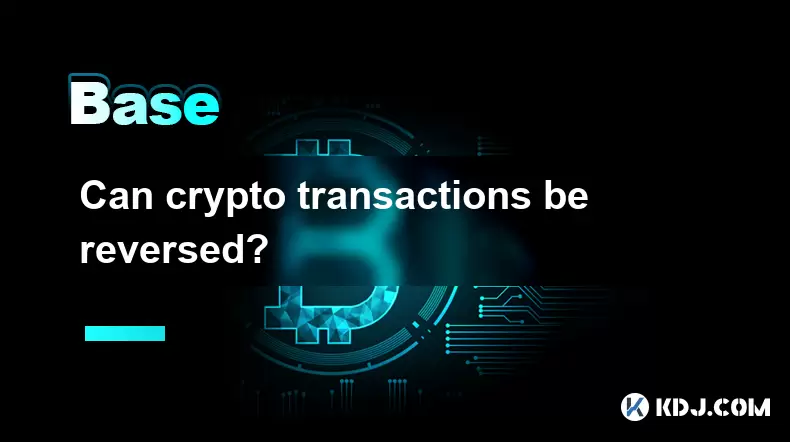
Can crypto transactions be reversed?
Aug 10,2025 at 01:35am
Understanding the Immutability of Blockchain TransactionsCryptocurrency transactions are built on blockchain technology, which is designed to be immut...

What happens if I forget my crypto wallet password?
Aug 09,2025 at 08:50am
Understanding the Role of a Crypto Wallet PasswordA crypto wallet password serves as a critical security layer that protects access to your digital as...
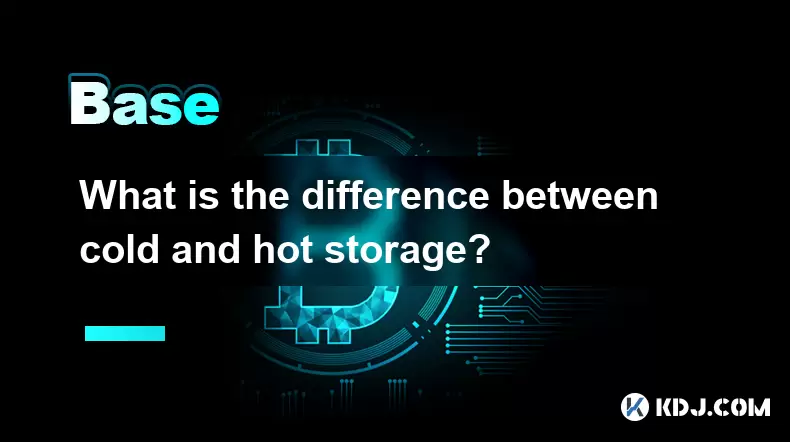
What is the difference between cold and hot storage?
Aug 12,2025 at 01:01am
Understanding Cold Storage in CryptocurrencyCold storage refers to offline methods of storing cryptocurrency private keys, ensuring they are not expos...
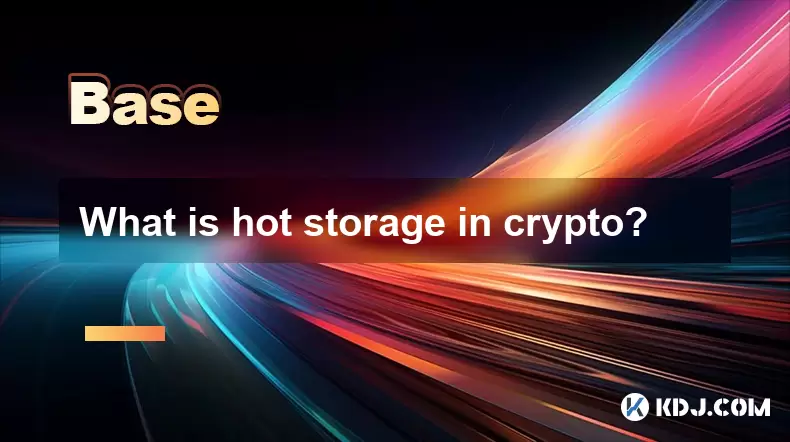
What is hot storage in crypto?
Aug 11,2025 at 07:08am
Understanding Hot Storage in CryptocurrencyHot storage refers to cryptocurrency wallets that are connected to the internet. Unlike cold storage soluti...
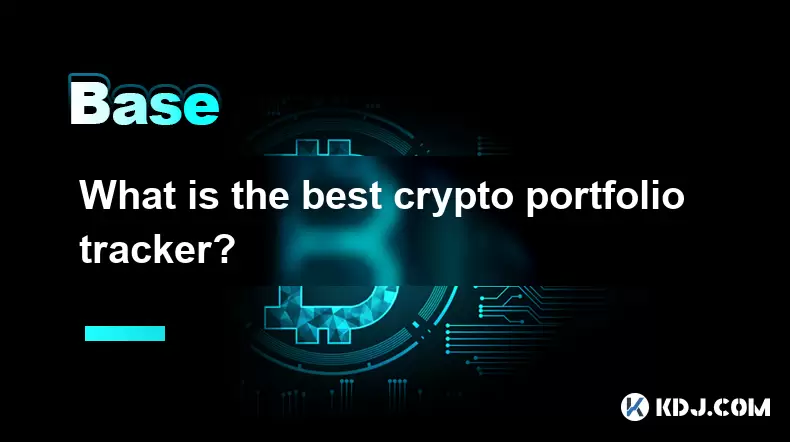
What is the best crypto portfolio tracker?
Aug 10,2025 at 05:08am
Understanding the Role of a Crypto Portfolio TrackerA crypto portfolio tracker is a digital tool designed to help investors monitor the performance of...
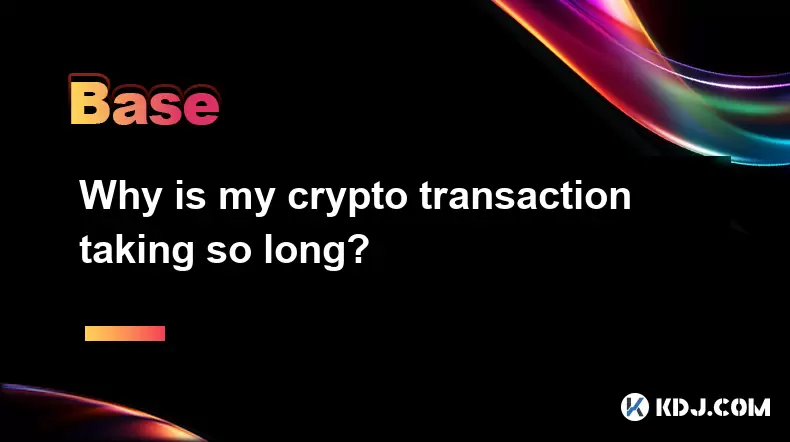
Why is my crypto transaction taking so long?
Aug 11,2025 at 11:35am
Understanding Blockchain Network CongestionWhen a crypto transaction is delayed, one of the most common causes is network congestion on the blockchain...

Can crypto transactions be reversed?
Aug 10,2025 at 01:35am
Understanding the Immutability of Blockchain TransactionsCryptocurrency transactions are built on blockchain technology, which is designed to be immut...

What happens if I forget my crypto wallet password?
Aug 09,2025 at 08:50am
Understanding the Role of a Crypto Wallet PasswordA crypto wallet password serves as a critical security layer that protects access to your digital as...

What is the difference between cold and hot storage?
Aug 12,2025 at 01:01am
Understanding Cold Storage in CryptocurrencyCold storage refers to offline methods of storing cryptocurrency private keys, ensuring they are not expos...

What is hot storage in crypto?
Aug 11,2025 at 07:08am
Understanding Hot Storage in CryptocurrencyHot storage refers to cryptocurrency wallets that are connected to the internet. Unlike cold storage soluti...

What is the best crypto portfolio tracker?
Aug 10,2025 at 05:08am
Understanding the Role of a Crypto Portfolio TrackerA crypto portfolio tracker is a digital tool designed to help investors monitor the performance of...

Why is my crypto transaction taking so long?
Aug 11,2025 at 11:35am
Understanding Blockchain Network CongestionWhen a crypto transaction is delayed, one of the most common causes is network congestion on the blockchain...
See all articles

























































































